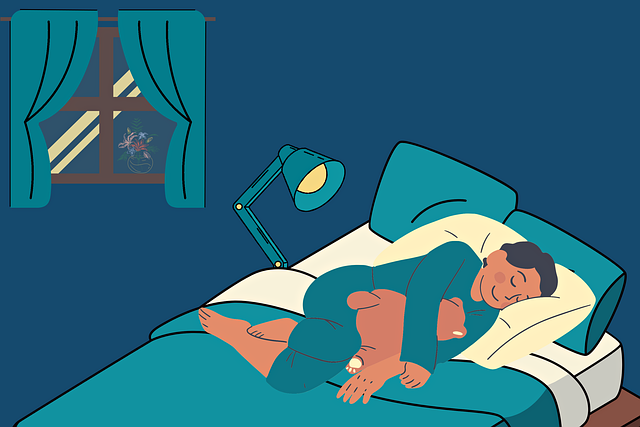Melatonin, crucial for regulating sleep-wake cycles, can be harmful in excess (above 5 mg). High doses (10 mg+) may lead to grogginess, headaches, mood disturbances, and even hypothermia. Safety depends on individual health conditions and medication interactions. Pregnant/breastfeeding women should avoid melatonin unless advised by healthcare professionals. Understanding how much melatonin is dangerous is key to preventing adverse effects and ensuring safe sleep aid.
Melatonin, often hailed as a natural sleep aid, has gained popularity for its supposed benefits. However, understanding when it becomes dangerous is crucial. This article delves into the intricacies of melatonin, exploring its role as a hormone and how safe usage translates into specific dosage guidelines. We examine potential risks and side effects, focusing on scenarios where even ‘safe’ levels can become harmful. Discover the answers to questions like: How much melatonin is too much? When does it cross the line from beneficial to dangerous?
- Understanding Melatonin: The Hormone and Its Function
- Safe Usage and Dosage: How Much is Too Much?
- Potential Risks and Side Effects: When Does It Become Dangerous?
Understanding Melatonin: The Hormone and Its Function

Melatonin is a hormone naturally produced by our bodies, primarily by the pineal gland in the brain. It plays a crucial role in regulating our sleep-wake cycle and is often referred to as the “sleep hormone.” This biochemical messenger helps synchronize our internal clocks, promoting feelings of sleepiness at night and wakefulness during the day. Understanding melatonin’s function is essential when discussing its potential dangers, as excessive or insufficient levels can disrupt our natural rhythms.
The question of how much melatonin is dangerous arises from its dual nature. In appropriate doses, melatonin supplements can be beneficial for individuals with sleep disorders. However, taking too much melatonin can lead to adverse effects. Studies suggest that while small amounts (0.3-5 mg) may be safe for short-term use, higher doses (10 mg and above) can cause side effects such as grogginess, headaches, and disrupted circadian rhythms. Therefore, it’s essential to consult healthcare professionals before incorporating melatonin supplements into your routine, especially if you’re considering higher doses.
Safe Usage and Dosage: How Much is Too Much?

Potential Risks and Side Effects: When Does It Become Dangerous?

While melatonin is generally safe when used appropriately, it’s important to understand that even natural supplements can carry potential risks and side effects. The key lies in understanding how much melatonin is dangerous. Exceeding recommended doses can lead to adverse reactions. Side effects may include headaches, jitteriness, and sleep disturbances—the very issues melatonin is meant to alleviate. In some cases, higher doses might cause drowsiness during daytime hours, impacting focus and concentration.
Additionally, individuals with specific health conditions like seizures, high blood pressure, or diabetes should exercise caution as melatonin could potentially interact with their medications. Pregnant or breastfeeding women are also advised against taking melatonin without consulting a healthcare provider. Knowing how much is too much is crucial to avoid any dangerous effects and ensure melatonin remains a beneficial supplement for promoting healthier sleep patterns.
While melatonin supplements can be beneficial for adjusting sleep cycles, understanding how much is dangerous is crucial. Consuming excessively high doses or using it inappropriately can lead to side effects like grogginess, headaches, and disrupted circadian rhythms. Always consult a healthcare professional before starting any supplement regimen, as individual needs vary. Knowing the safe usage guidelines ensures melatonin remains a helpful tool without posing health risks. In terms of how much melatonin is dangerous, moderation and expert advice are key to avoiding potential pitfalls.

